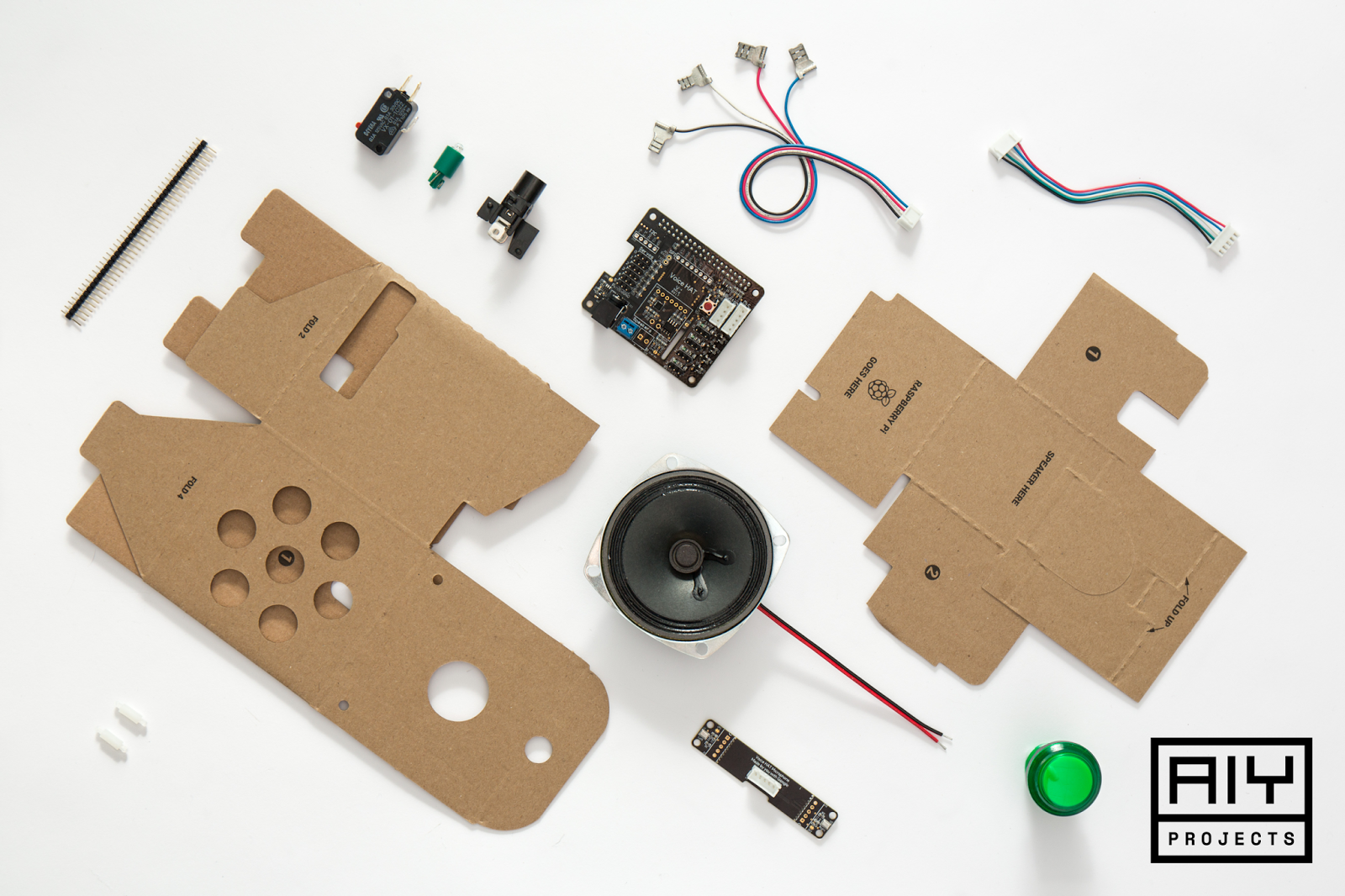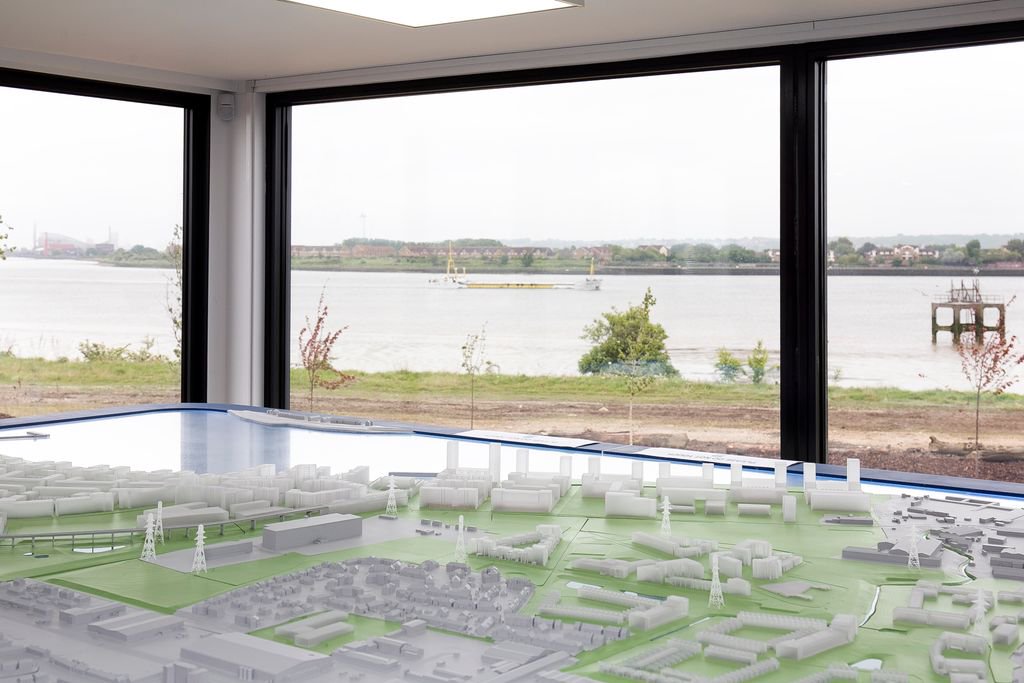Slicing the 3D printing news today, we feature: Google, ARC Group Worldwide, EOS, Chiba University, Hobs Studio, Barking Riverside, Skanska, and a 3D printing skyscraper.
Google develops AI open source development kit
Google has announced it has developed a kit for makers to create projects with artificial intelligence (AI). Stating that many makers had expressed desire to use AI in projects but did not know how, Google has looked to change that with “AIY Projects: do-it-yourself artificial intelligence for Makers.”
The first release of the project will be the open source voice kit which has been “designed and tested with the Raspberry Pi 3 Model B.” More details on the kit and its availability can be found here.

ARC Group Worldwide extends EOS partnership
Metal 3D printing company, ARC Group Worldwide has expanded its partnership with German 3D printers EOS. As a result, ARC Group, based in Colorado will acquire “four additional EOS M 280 metal 3D printers.” ARC already has seven EOS M 280s and one EOS M 400, as well as three other industrial metal 3D printers. The company, with 15 total metal industrial machines is one of the largest metal 3D printing centre in North America and the company reported an increase in sales for the fiscal second quarter in January this year.
With the new machines, ARC hope to “produce more than 10,000 components annually, consuming more than 12,000 lbs of Inconel 718 metal powder, per year.” CEO of ARC, Jason Young explains they chose EOS,“because they have one of the most reliable, high quality, production focused metal additive machines on the market,” said Jason Young, CEO of ARC.”
Japan preserves ancient artefacts with 3D data
Chiba University has used 3D scanners to preserve ancient artefacts from temples, shrines and museums in the local area. The portable scanners have created 3D files for a number of different artefacts including Buddhist statues and other historic cultural assets.
One of the students working on the project explains,
The data could also be useful for preservation, repairs and restoration of cultural assets. I hope more people become aware that such endeavours are under way, so we can collect more data.
The project is similar to the Scan the World project which aims to preserve objects of cultural heritage by 3D scanning and creating 3D printable files.

Student designs 3D printing Tokyo skyscraper
Elsewhere in Japan, a Malaysian student Haseef Rafiei, has designed a concept skyscraper that 3D prints apartments on demand. The ‘Pod Vending Machine’ would allow users to select a number of sub-pods which when combined would create a custom apartment.
The proposed project would help tackle waste in construction and also propose “an automated 3D printed building that grows in parallel with the city’s housing demand.”
The concept has similarities with the grandiose plans of design firm Cazza, who state they are developing a crane printer to build a 3D printed skyscraper.

Skanska to enter concrete 3D printing market
Elsewhere in the construction industry, Swedish company Skanska is entering the 3D printing industry. The company is part of a group that includes Foster + Partners, Tarmac, ABB, and Loughborough University and is developing a six-axis robotic arm to 3D print concrete.
3D printing concrete is an interesting proposition that many groups are looking into. These include Apis Cor with its famous 24-hour 3D printed house, and more mobile options with CyBe and its concrete 3D printing arm.
London construction project planned with 3D printed model
Barking Riverside, a residential development within Greater London in the UK, has enlisted British 3D printing bureau Hobs Studio to create a 3D printed model of the planned development.
According to the developers, the construction project will see 10,000 homes built along the River Thames in East London. The model was 3D printed on a 3D Systems machine, the iPro 9000 XL.
The project has parallels with a recent use of 3D printing in Detroit. As part of a large-scale redevelopment in downtown Detroit, developers used Stratasys Direct Manufacturing to build a 3D printed model.

According to Hobs Studio’s Model Maker, Nathan Stockill,
The reason Barking Riverside and Hobs collaborated on this was that they wanted a model that could be updated as the scheme itself was updated. Up until this point we were always limited by what we can do with our hands and now whatever you can think, you can make.
This month the winners of the 3D Printing Industry Awards will be announced and voting is still open to decide the winners.
For the latest 3D printing news, subscribe to our newsletter and follow us on twitter.
Featured image shows the Sliced logo over an image of the Pod Vending Machine. Image via Haseef Rafiei.


